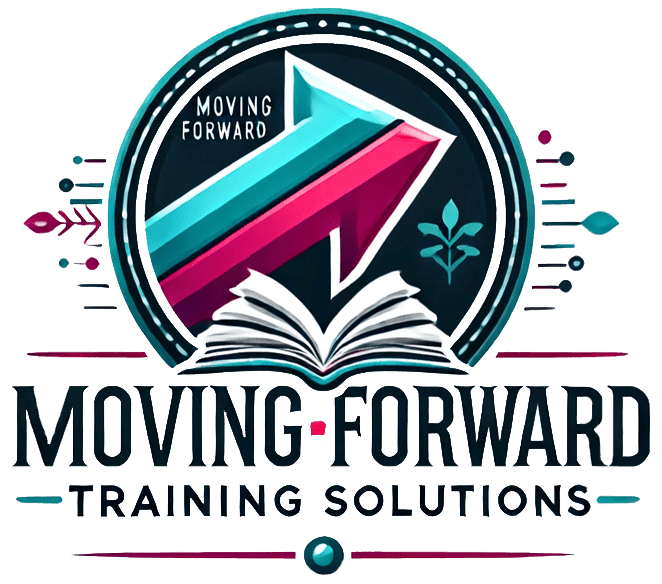
5 Proven Onboarding Best Practices for Corporate Success

Posted January 11, 2025
Effective onboarding is more than just a checklist—it’s the foundation for employee success, retention, and long-term organizational growth. According to research by the Society for Human Resource Management (SHRM), a strong onboarding program can improve employee retention by 82% and productivity by over 70%. Below are five proven onboarding best practices that can help your organization build a strong foundation for new hires and ensure corporate success.
1. Start Before Day One with Pre-Boarding
Onboarding shouldn’t begin on an employee's first day—it should start the moment they accept the job offer. Pre-boarding includes sending welcome emails, sharing essential documents, and providing access to company materials like handbooks and policies. This phase reduces first-day overwhelm and helps new hires feel prepared and connected to the company even before they walk through the door.
Best Practice Tip: Send a welcome package or video message from leadership to create a personal touch and reinforce the company culture early.
2. Create a Structured Onboarding Plan
A structured onboarding plan ensures consistency and clarity. Successful onboarding typically spans at least 90 days, with clear milestones and goals set for each phase. This plan should include training sessions, job shadowing opportunities, and regular check-ins with supervisors.
Best Practice Tip: Use an onboarding checklist or software platform to track progress and ensure all steps are completed systematically.
3. Foster Connections Through Mentorship Programs
Research shows that employees with a mentor or buddy during onboarding are more likely to feel connected to their workplace. Mentorship provides new hires with a go-to person for questions, guidance, and informal support, which fosters belonging and reduces early-stage stress.
Best Practice Tip: Pair new hires with mentors who have similar job roles or career goals for more meaningful connections.
4. Prioritize Company Culture and Values
Successful onboarding goes beyond job tasks—it introduces employees to the company's culture, values, and mission. New hires should understand not only what they do but why it matters. Interactive workshops, storytelling sessions, and leadership talks can reinforce these cultural touchpoints.
Best Practice Tip: Encourage team-building activities early in the onboarding process to help new hires integrate into the team dynamic.
5. Gather Feedback and Continuously Improve
Onboarding isn’t static—it should evolve based on feedback and changing organizational needs. Regularly survey new hires about their onboarding experience and identify areas for improvement. Continuous refinement ensures the process remains effective and engaging.
Best Practice Tip: Use anonymous feedback tools to encourage honest insights from new employees.
Final Thoughts
Effective onboarding isn’t just about filling out paperwork—it’s about empowering employees to succeed from day one. By prioritizing pre-boarding, structure, mentorship, culture, and continuous improvement, organizations can set their employees—and themselves—up for long-term success.
Investing in a well-structured onboarding program isn’t just a best practice; it’s a strategic advantage in today’s competitive corporate landscape.
Get in Touch With Us Today!
We’re here to help you transform your team’s skills and efficiency. Reach out to discuss how our tailored training solutions can make a lasting impact on your organization. Fill out the form below, and let’s start the conversation!
